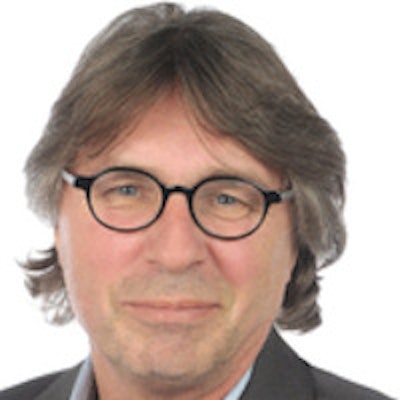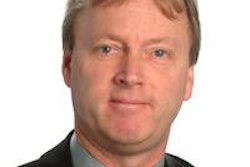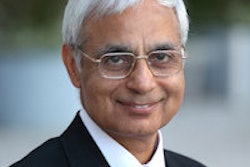
Under the new directive dealing with safety in the use of ionizing radiation in medicine, the European Union requires closer involvement of medical physics experts (MPEs) in radiology. In response, the Diagnostic Imaging Physics and Engineering Working Party (Arbeitsgemeinschaft Physik und Technik in der bildgebenden Diagnostik, APT) of the German Radiological Society (Deutsche Röntgengesellschaft, DRG) has published a paper setting out its position.
It contains details about how this requirement can be met without placing excessive demands upon hospitals and, in particular, private radiology practices in the community. The following is an interview with Dr. Horst Lenzen, chairman of the APT.
 Dr. Horst Lenzen, chairman of the APT.
Dr. Horst Lenzen, chairman of the APT.
Deutsche Röntgengesellschaft (DRG): The new EU directive calls for greater use of MPEs in radiology. How did this come about and what new requirements does the new directive stipulate?
Lenzen: There is a continuous trend within the EU toward tightening safety regulations, and this encompasses radiation protection as well. This trend is shifting an increasing degree of responsibility onto operators and, hence, away from the state. The state is merely intended to provide the framework.
The process for the new EU directive requiring greater use of MPEs came about as follows: First, the EU assembled a set of regulations and directives, a necessary step. In the process, it also refined one or two steps and called for MPEs working in highly specialized areas also to be involved in diagnostic radiology. In so doing, the EU has gone further than it did previously -- until now the situation was that MPEs could be called in under specific conditions, to provide advice. Now, they must be called in, opening up an entirely new dimension.
Can you provide additional background about this requirement concerning MPEs?
This directive came into being as a result of the need for all states to protect their citizens from harm. It deals explicitly with keeping levels of radiation exposure in the population under control or keeping them as low as possible. In Germany, there are two areas in diagnostic radiology that make a relatively substantial contribution to levels of exposure to radiation amongst the population. These are CT scanning and intervention.
Intervention accounts for 2% of all radiology activities, but generates 20% of exposure to radiation. Similarly, CT scanning accounts for 8% of the total amount of examinations carried out, but generate 60% of radiation exposure. Overall, these two areas represent 10% of all investigations and account for 80% of radiation exposure. The EU sees a need to deal with this 80% figure. The intention is to enhance safety and this is to be achieved, as is common practice in radiotherapy and nuclear medicine, by getting MPEs more intensively involved.
How did the APT react to this new directive?
Germany has until 2018 to integrate the directive into national legislation, so we now need to start thinking about just how workable German guidelines will look. In the near future, politicians will be approaching us to ask what options there are for tackling this problem, and this is precisely what the APT has done in the proposals put forward in the paper setting out its position, showing how this could be accomplished in a measured and sensible manner.
What do these requirements mean for radiology in Germany, primarily in terms of costs and staff?
Obviously, the first question that clinics and practices are going to ask themselves is how much this is all going to cost, so it's a good idea to give some thought to this in advance and not to wait for others to make decisions for us, because one thing is for sure: These requirements are going to be there and we're going to have to deal with them, even if we don't like them.
On the issue of staffing requirements, we have, therefore, worked out some hard figures in the paper, based upon an investigation carried out by the German Medical Physics Society (Deutsche Gesellschaft für Medizinische Physik, DGMP), which deals with the actual staff requirements to support patients, colleagues, and devices in diagnostic operations.
In order to implement the new directive, our annual requirement will be 0.06 of an MPE per CT scanner and 0.08 of an MPE per interventional device, so the numbers aren't that big and the market is bound to come up with options for a pragmatic course of action. For example, if a hospital takes on one or more MPEs, it can sell their services to other establishments or practices, allowing smaller practices to acquire MPE services, but on a part-time basis. Furthermore, MPEs will, of course, be setting up their own practices and specialist service companies in the community.
Whenever we talk about costs and about the meaning and purpose of radiation protection, we always need to bear in mind that MPEs will be bringing a lot of physical and technical know-how into clinics and practices and that this is going to help them to operate more efficiently, which can only be beneficial to all.
Editor's note: This article is an edited version of a translation of an interview carried out in German and published online by the DRG. Translation by Syntacta Translation & Interpreting.




















